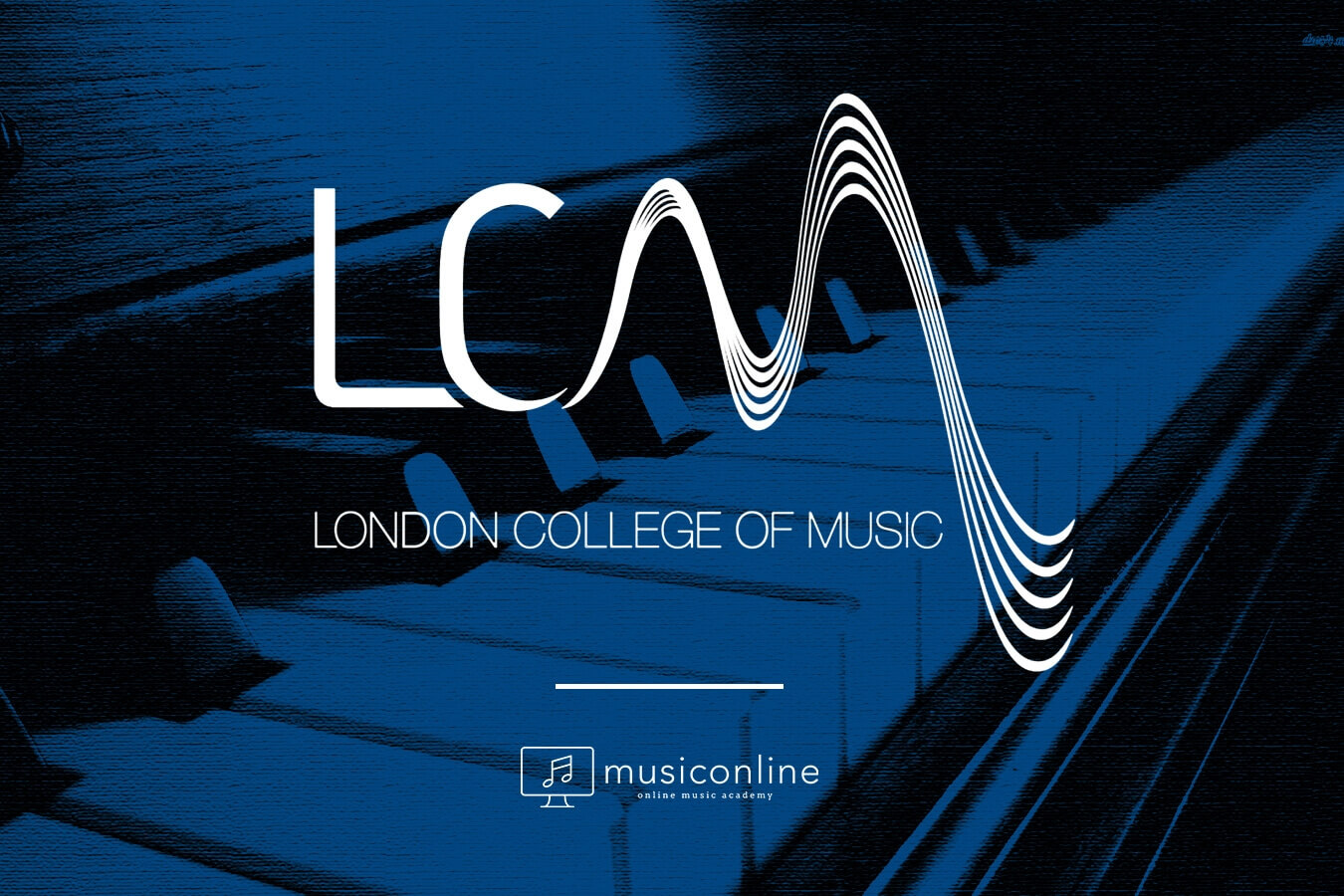musiconline blog
news about us & everything about music on our blog!
History of Electric Guitar
One of the most beloved musical tools of modern era, electric guitar is one tough cookie for sure! It looks cool with all those magnets and shiny strings yet it can be used to produce any kind of soft sounds. Where does this beautiful musical instrument come from?
We have already covered the history of guitar . Due to its over-sophisticated past and countless details, we had to wrap it up so that it can be easy to be read. Now it's time to get into some details!
Rickenbacker, Gibson, Les Paul, Fender… Those who have Google'd anything related to electric or bass guitars are probably already familiar with these names. But what are they, who they refer to and how did they become so popular? Read on - you are about to learn more.
Babysteps
In early 1900's, Paul Tutmarc, a musician who was truly interested in electricity, got inspired by the circuits and wires existing in telephones. Tutmarc came up with a mechanism which amplifies the vibrations of these wires with the help of a magnet.
What made things more interesting was when George Beauchamp added an extra magnet and proposed the design to Adolph Rickenbacker. Rickenbacker, being an electric engineer at that time immediately liked the idea and founded a company with Beauchamp for electric guitar production.
Another important figure in the history of electric guitar is Lloyd Loar. Loar was inspired by both the shape and the acoustics of violin. So he combined 'f holes' with electric guitar and presented the new design to the guitar manufacturer Orville Gibson - and the rest is history. Legendary Gibson ES-150 started being used by masses and gained huge popularity in a short amount of time.
New Designs
![]()
Everything was great, people were in love with ES-150 but there was one significant problem with it: its body was too big, too hollow and this was causing deformation of the sound produced by it. We don't know if Lester William Polsfuss, or Les Paul in short, was the first to discover this but he was the first to come up with a solution. He designed a new model, without the empty space inside guitar.
Although the observation and solution was completely accurate, they were both ridiculed by Gibson himself. Les Paul then took his ideas to Fender and convinced him to produce a better design. This is how Esquire, or some call it Telecaster, was born!
After a short period of time, Gibson admitted that Les Paul was right and invited him to work for the company as a consultant. As an apology they also let him design his own series. Some of the models are still in use today.
Today's Electric Guitars
The names you've just seen were the ones just too-big-to-ignore. There are many nameless heroes, geniuses, musicians and engineers behind today's electric guitars. Yes, Fender, Rickenbacker and Gibson are still active in electric guitar business. But the market has grown over the time and new players like ESP, Ibanez and PRS got involved in the game.
Electric guitar, when it first came up, was mainly adopted by Jazz, Country, Blues and Rock musicians. Now it is used in any musical genre - including electronic music .
Learning how to play electric guitar is easier than you think. As long as you have a computer and an internet connection, you can use musiconline to start your music career, in any musical instrument you like!


